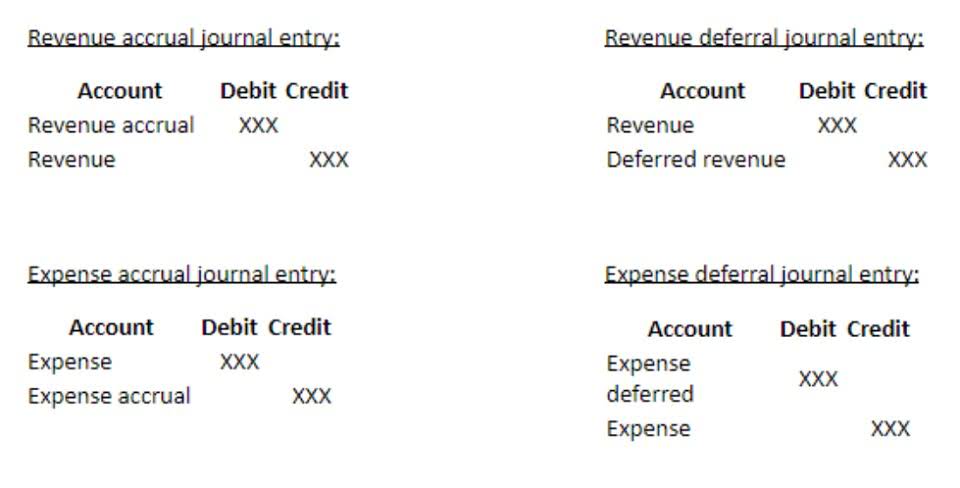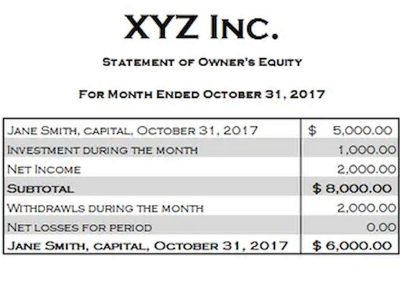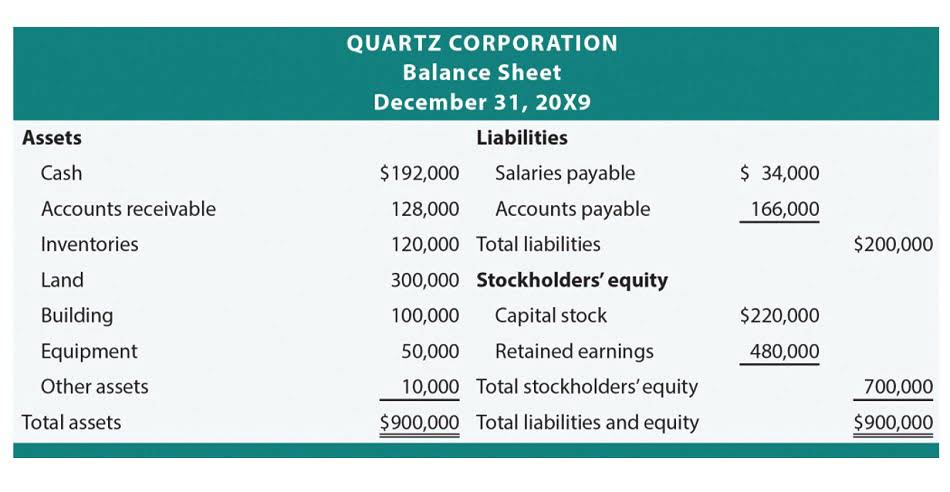In that case, the options are excluded because they would increase the diluted computer filing system share count — and thus actually decrease the loss per share. In that event, the higher diluted share count is making the business look better than it might otherwise be. The accounting rules applied to diluted shares aim to prevent that outcome. For both basic EPS and diluted EPS, the earnings figure should be the same.
Earnings Per Share Calculation Examples
This does mean that basic share count will change from period to period. If a company repurchases shares, its share count will decline, which reduces basic share count during that period. If, in contrast, it issues shares to employees or in consideration for an acquisition, the share count will increase. When looking at EPS to make an investment or trading decision, be aware of some possible drawbacks. For instance, a company can game its EPS by buying back stock, reducing the number of shares outstanding, and inflating the EPS number given the same level of earnings.
📆 Date: June 28-29, 2025🕛 Time: 8:30-11:30 AM EST📍 Venue: OnlineInstructor: Dheeraj Vaidya, CFA, FRM
Earnings per share shows an investor how to pick stocks, when used along with other indicators. If you have an interest in stock trading or investing, your next step is to choose a broker that works for your investment style. Both employees and employers contribute 12 per cent of the employee’s basic salary to the EPF, with 8.33 per cent of the employer’s share going to the EPS. Employee Pension Scheme provides a fixed income after retirement at the age of 58 years and early retirement at 50 years of age. We will walk you through the article to help you find out your monthly pension with Rs 78,000 as basic salary and 18, 25 & 30 years of service. The above chart shows that Starbucks ‘ basic EPS has increased substantially over the past 5 years.
Basic EPS Calculator
Options and warrants can be excluded as “anti-dilutive” for two very different reasons. Earnings per share is defined as a company’s total profit divided by the number of shares outstanding. The shares that would be created by the convertible debt should be included in the denominator of the diluted EPS calculation, but what is the difference between cost and expense if that happened, then the company wouldn’t have paid interest on the debt.
It is important to always judge EPS in relation to the company’s share price, such as by looking at the company’s P/E or earnings yield. Comparing EPS in absolute terms may not have much meaning to investors because ordinary shareholders do not have direct access to the earnings. Instead, investors will compare EPS with the share price of the stock to determine the value of earnings and how investors feel about future growth. EPS is calculated by dividing a company’s net income by the total number of outstanding shares.
To calculate a company’s earnings per share, divide total earnings by the number of outstanding shares. The number is more valuable when analyzed against other companies in the industry, and when compared to the company’s share price (the P/E Ratio). Between two companies in the same industry with the same number of shares outstanding, higher EPS indicates better profitability. EPS is typically used in conjunction with a company’s share price to determine whether it is relatively “cheap” (low P/E ratio) or “expensive” (high P/E ratio). A company relatively early in its growth curve could post negative earnings per share since it is investing now for future growth.
Date and Time Calculators
When analyzing a company’s EPS, it is crucial to compare it to others in the same sector. A company with a high EPS compared to its peers is typically viewed more favorably by investors. Making a comparison of the P/E ratio within an industry group can be helpful, though in unexpected ways. Although it seems like a stock that costs more relative to its EPS when compared to peers might be “overvalued,” the opposite tends to be the rule. Imagine a company that owns two factories that make cell phone screens. The land on which one of the factories sits has become very valuable as new developments have surrounded it over the past few years.
- In such circumstances, negative income is a possible outcome, but it’s not always a terrible thing.
- However, there are at least other 3 types of earnings per share, each emphasizing a distinct facet of this financial measure.
- EPS is a key metric financial analysts use to evaluate a company’s financial health and profitability.
- This can be for a number of reasons, including being part of the compensation plans of the company or as convertible debt/common stock.
- While EPS is a widely used and essential tool, it has several limitations and can be easily misinterpreted.
- Shareholders, through their representatives on the board of directors, would have to change the portion of EPS that is distributed through dividends to access more of those profits.
The number of shares repurchased is calculated by taking the strike price multiplied by the new shares—divided by the market share price. In the next part of our exercise, we’ll determine our company’s diluted earnings per share (EPS). There is no rule of thumb to interpret earnings per share of a company. A higher EPS is the sign of higher earnings, strong financial position and, therefore, a reliable company for investors to invest their money.
Calculating the Weighted Average Shares Outstanding
Sometimes an adjustment to the numerator is required when calculating a fully diluted EPS. For example, sometimes a lender will provide a loan that allows them to convert the debt into shares under certain conditions. One caveat, however, is that high-growth companies with minimal profits at the “bottom line” can still obtain high valuations from the market. When evaluating a company’s EPS, it is essential to consider industry benchmarks.
- That is why you should look at the P/E ratio (Price/Earnings ratio) and basic EPS.
- Therefore, the potentially dilutive securities are assumed to be exercised, irrespective of whether they are “in-the-money” or “out-of-the-money”.
- All else being equal, the market tends to be willing to pay more for companies with higher net profits.
Impact of Basic Earnings Per Share
Companies with a complex capital structure must report both basic EPS and diluted EPS to provide a more accurate picture of their earnings. The main difference between basic EPS and diluted EPS is that the latter factors in the assumption that all convertible securities will be exercised. As such, basic EPS will always be the higher of the two since the denominator will always be bigger for the diluted EPS calculation. Analyzing a company’s historical EPS trends can provide insight into its financial performance over time. If a company’s EPS has been consistently increasing over several periods, it may be a sign that the company is growing its earnings and, therefore, its potential for future growth.
Interpreting EPS can sometimes be straightforward, but there are nuances to consider. A high EPS can be a good indicator of profitability and, in turn, more attractive to investors. However other factors such as the P/E ratio, industry comparisons, and growth potential should also be analyzed. Conversely, a lower EPS might signal trouble, such as declining profitability or increasing costs.
That is the company’s profit after all expenses, including operating expense, interest paid on borrowings, and taxes. Earnings per share can be distorted, both intentionally and unintentionally, by several factors. Analysts use variations of the basic EPS formula to avoid the most common ways that EPS may be inflated.
Download CFI’s free earnings per share formula template to fill in your own numbers and calculate the EPS formula on your own. As noted in the discussion surrounding anti-dilutive shares, a company can post a net loss, or negative net profit. Even if a company shows an increase in EPS, it’s essential to compare that growth with stock price growth. If the price has risen too quickly, the stock may still be overvalued, despite an increase in EPS.
As a result, EPS may not provide a complete picture of a company’s financial health or forensic accounting skills in investigations future earnings potential. Without diluted EPS, it would be easier for the management to mislead shareholders regarding the profitability of the company. It is done by issuing convertible securities such as bonds, preferred shares, and stock options that do not require issuing common shares immediately but can lead to issuance in the future. Analysts, investors and potential stockholders prefer to use earnings per share ratio in conjunction with other relevant ratios. For example, EPS figure is often compared with company’s per share price by computing price earnings ratio (usually abbreviated as P/E ratio). The P/E ratio comparison of different companies reveals the reasonability of the market price of a company’s stock.
The shares are normally purchased to earn dividend or sell them at a higher price in future. EPS is the most widely quoted and relied figure by analysts, stockholders and potential investors. In many countries, the public companies are legally required to report this figure on the income statement.
A company that reports a higher-than-expected EPS may experience a surge in its stock price due to positive investor sentiment. EPS is used to determine the dividends a company can afford to pay out to its shareholders. The higher the EPS, the greater the potential for rewarding shareholders through dividends or stock buybacks. For instance, if the company’s net income was increased based on a one-time sale of a building, the analyst might deduct the proceeds from that sale, thereby reducing net income. An important aspect of EPS that is often ignored is the capital that is required to generate the earnings (net income) in the calculation.
Therefore, it is not weighted by the year’s portion after the stock dividend or split. The current year’s preferred dividends are subtracted from net income because EPS refers to earnings available to the common shareholder. Diluted EPS includes options, convertible securities, and warrants outstanding that can affect total shares outstanding when exercised. Earnings Per Share is a critical measure for both investors and analysts, as it provides insights into a company’s profitability, financial health, and overall performance. Investors use EPS to gauge how well a company is performing relative to its peers, which is essential for making informed decisions. If it loses $10 million with 10 million shares outstanding, basic loss per share is $1.00 even.














